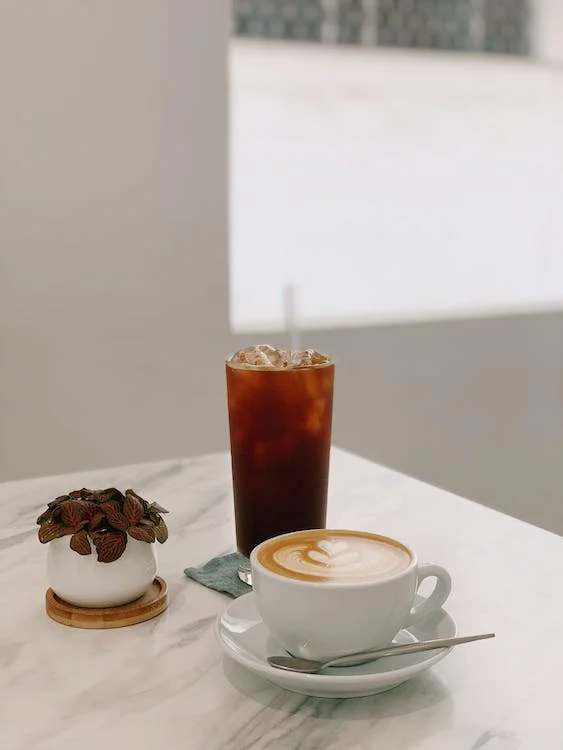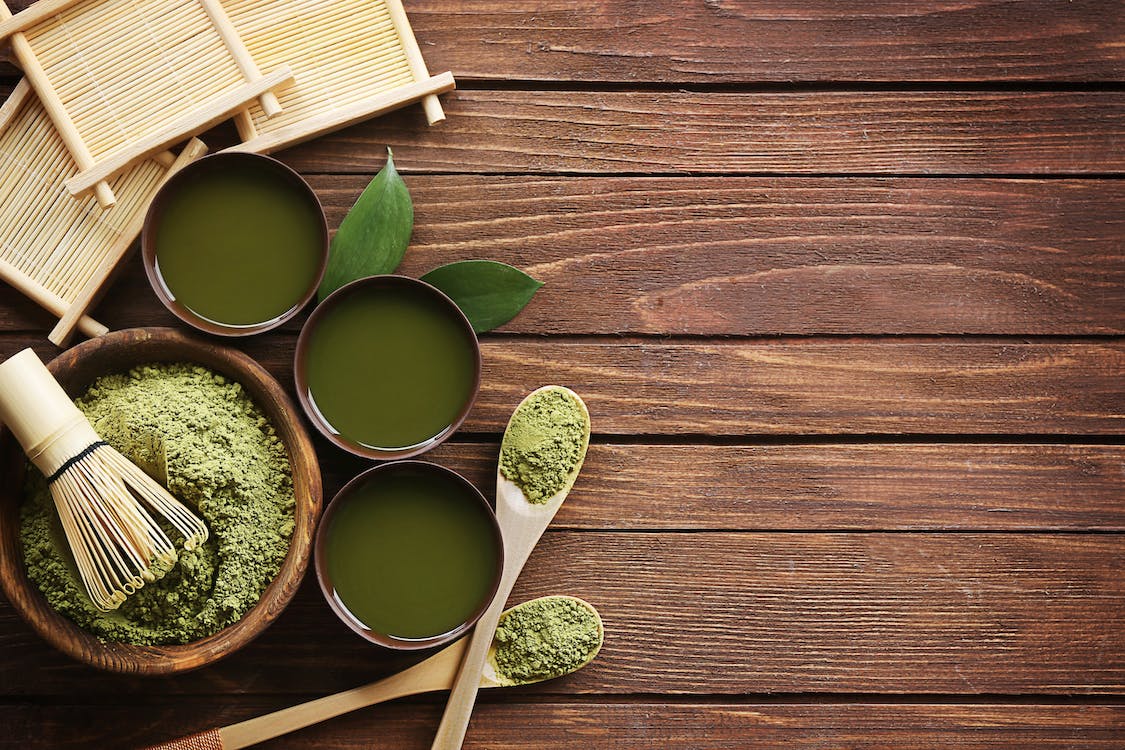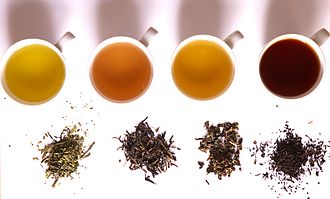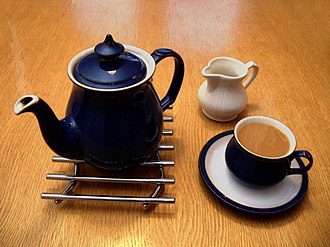Water is the most consumed beverage worldwide. Tea comes next after water. You just drizzle hot water over dried Camellia sinensis plant leaves to make this simple preparation. A kind of petite, evergreen shrub or tree belonging to the Theaceae family of flowering plants is called Camellia sinensis.
In China in the third century AD, tea was originally mentioned as a therapeutic brew. Its fame swiftly expanded across continents. The idea of afternoon tea – a break from one’s routine, tea is provided together with sandwiches and baked goods like scones. It gained popularity in Great Britain from the beginning of the 19th century. Where, how, and under what conditions tea leaves are cultivated and processed all affect the flavor of the beverage. The next most popular types of tea after Black tea in the world are Green, Oolong, and White tea.
Herbal teas, unlike regular teas, are often caffeine-free since they are not brewed from the Camellia plant but rather from dried herbs, spices, flowers, fruit, seeds, roots, or leaves of other plants.
Health Effects of Tea
Despite the long-standing assumption that Camellia sinensis intake has health advantages, there is no high-quality data to support this claim. The only possible benefit of drinking tea is that it may make you more alert- thanks to the caffeine in the tea leaves. Clinical studies carried out in the early years of the twenty-first century discovered that there is no proof that drinking tea affects any diseases or enhances health.
Except for the dietary mineral manganese, which makes up 0.5 mg per cup or 26% of the Reference Daily Intake, black and green teas do not contain any substantial levels of critical minerals (RDI). Fluoride can occasionally be found in tea; some “brick teas,” manufactured from old leaves and stems, contain the greatest amounts, which can be harmful if consumed in large quantities. This has been linked to high fluoride levels in soils, acidic soils, and prolonged brewing.
Types of Tea
The Camellia sinensis tea plant is the source of all teas. The six different varieties of tea are based on how the tea leaves are processed rather than the type of plant that produced them:
White tea
The least processed of the six varieties of tea is white tea. Although certain white teas undergo an additional drying phase at low temperatures, many white teas are picked and withered for days.
Because white tea undergoes less processing, several businesses promote white tea’s strong antioxidant content. Many of the antioxidants in fresh tea leaves are still present in white tea.
White teas can include notes of citrus, flowers, or even sweet honey.
Green tea
Green tea is a popular choice among both casual and avid tea drinkers in the United States, possibly because of the numerous media outlets that have emphasized its health benefits.
To prevent oxidation, green tea undergoes a brief withering process before being heated. Green tea is high in polyphenols, antioxidants, and chlorophyll.
The taste is then developed by rolling or pressing the leaves. The tastes can be anything from sea and vegetal to more toasted and smokey, depending on the precise processing methods used and the area of the harvest.
The renowned raw pu-erh is also best started with green tea.
Yellow tea
Of the six different varieties of tea, yellow tea is the rarest and takes the longest to make.
Although the methods needed to make yellow tea are quite like those used to make green tea, there is one more stage that demands a high level of skill.
Yellow tea goes through wrapping after green tea’s withering and planning process, which results in non-enzymatic oxidation (previously thought of as microbial fermentation).
This wrapping process enhances the tea’s mellow flavor and reduces the tannic and vegetal undertones typical of green tea. Yellow tea is for you if you want a smooth, creamy drink.
Oolong tea
Oolong tea, which is halfway between green and black in terms of oxidation, is commonly referred to as partly oxidized tea.
This is due to the leaves being slightly bruised to encourage oxidation before heat is applied.
Oolong tea is significantly darker in color than green tea due to the added oxidation. The color of tea darkens as it oxidizes more. As a result, oolong teas with more oxidations have a deeper hue than those with less oxidation.
To create a second layer of taste, such as toasted, fruity, or floral notes, certain oolongs, like Baked Oolongs, are roasted at the very end.
Black tea
Black tea is the most consumed tea across the world; in the US, 86% of the tea enjoyed throughout 2017 were different types of black tea, such as earl grey.
Unlike partially oxidized oolong tea, black tea is fully oxidized after a long period of time of withering. To hasten the oxidation process, tea leaves are either rolled or chopped.
Black tea does not undergo a separate heating procedure to stop the oxidation because it has already fully oxidized. It immediately moves on to the drying stage instead.
Dark tea (or post-fermented tea)
Many people believe that “dark” and “black” teas are interchangeable, however, there are vast differences between the two.
Dark teas resemble green teas more since they initially go through a similar processing procedure. They undergo a microbial fermentation procedure after which they are aged for a long time.
Conclusion
Tea which is praised for its complexity is the most consumed beverage in the World after water. The different types of tea are praised for their complexity and respected for their simplicity.




